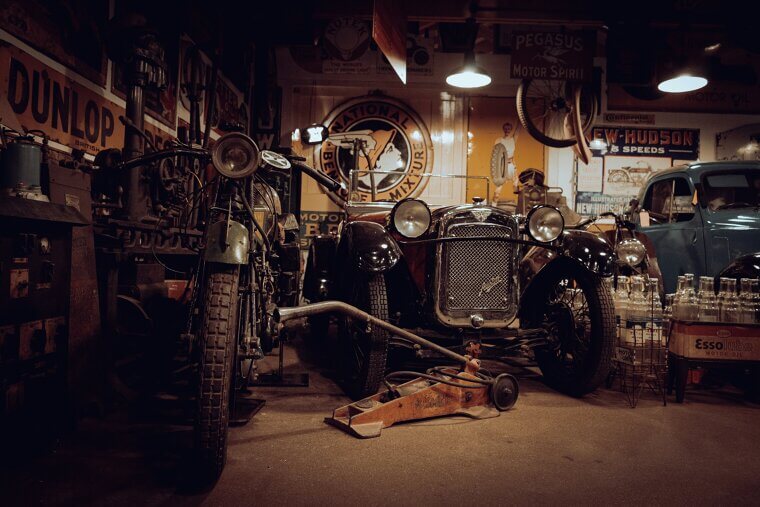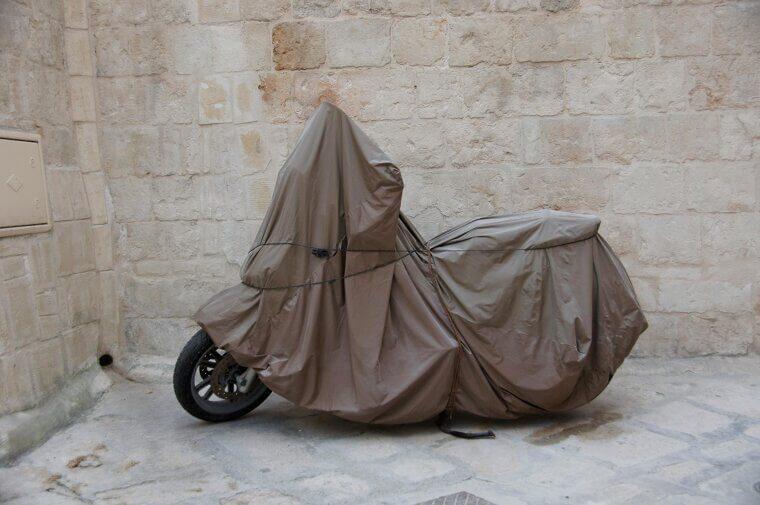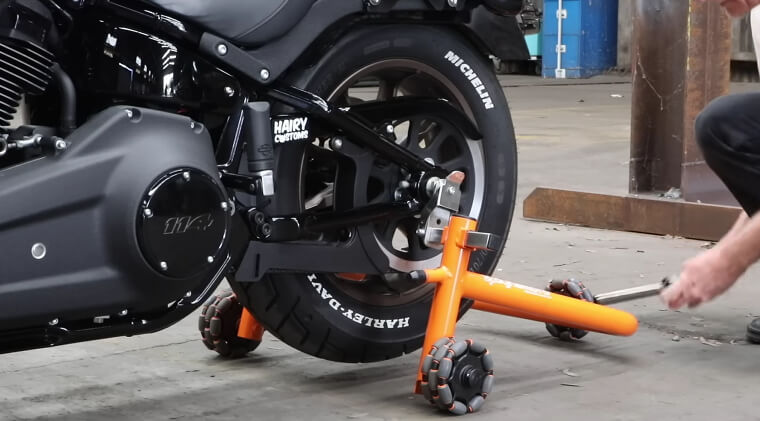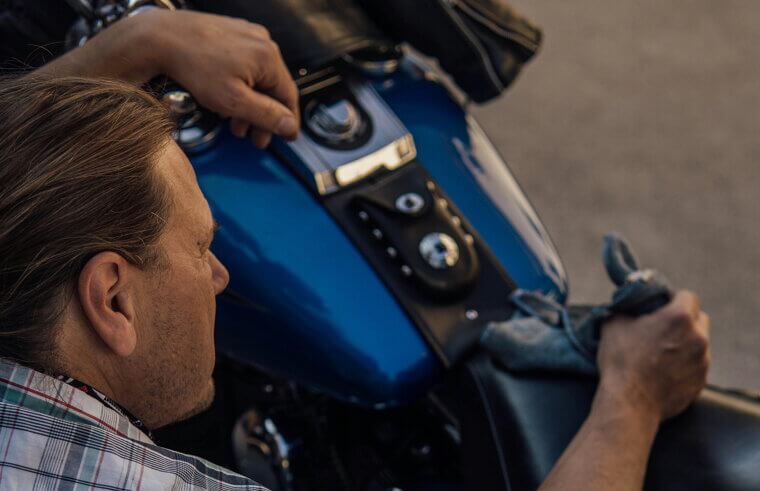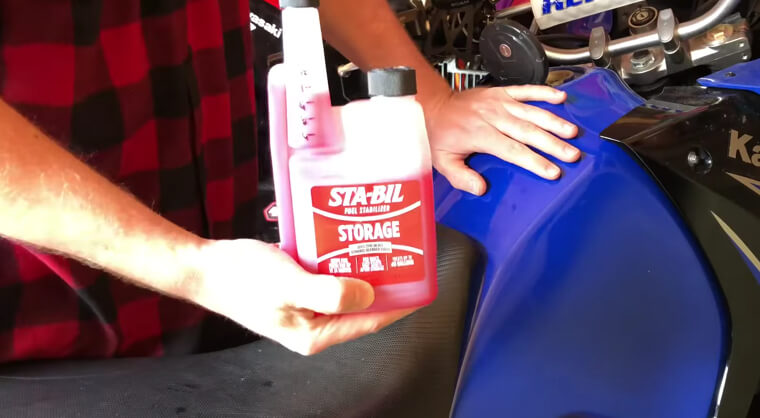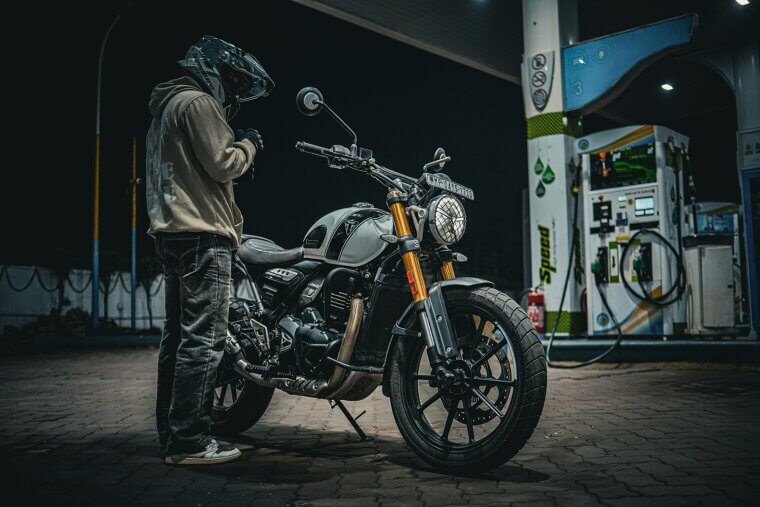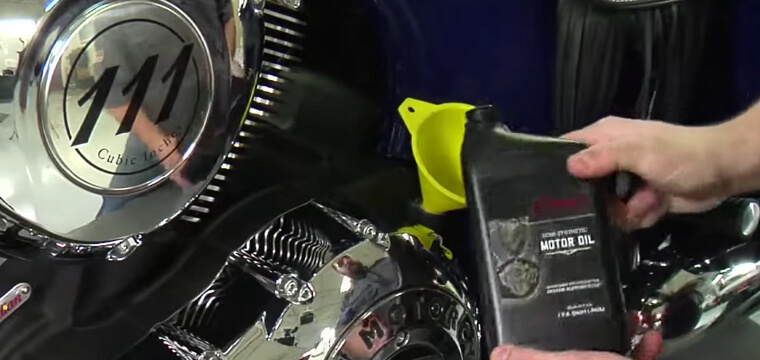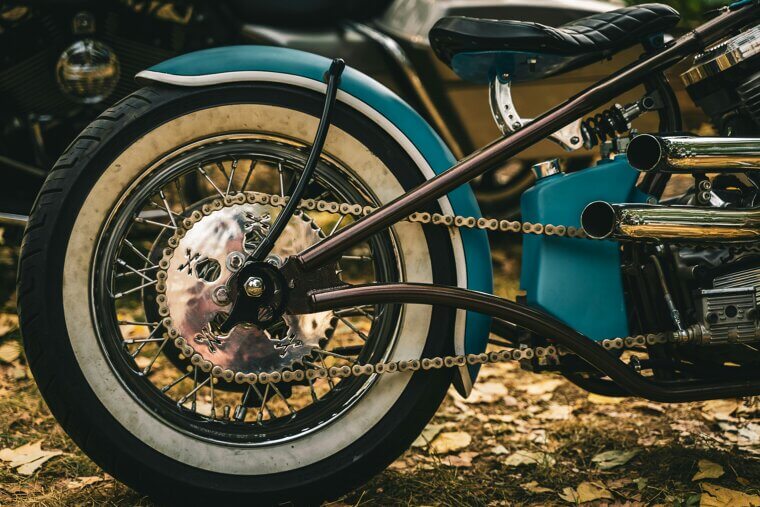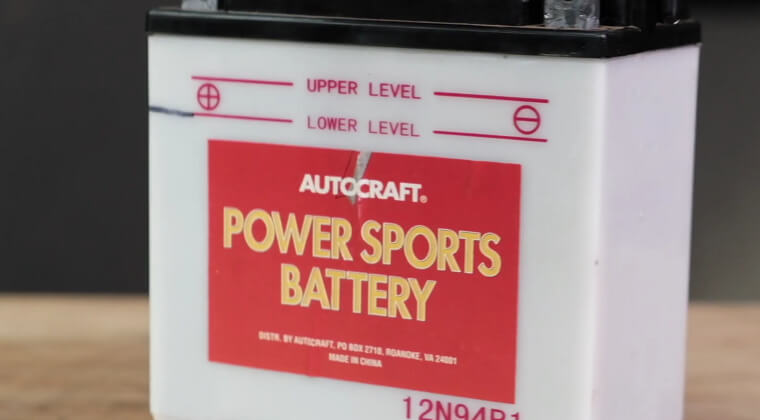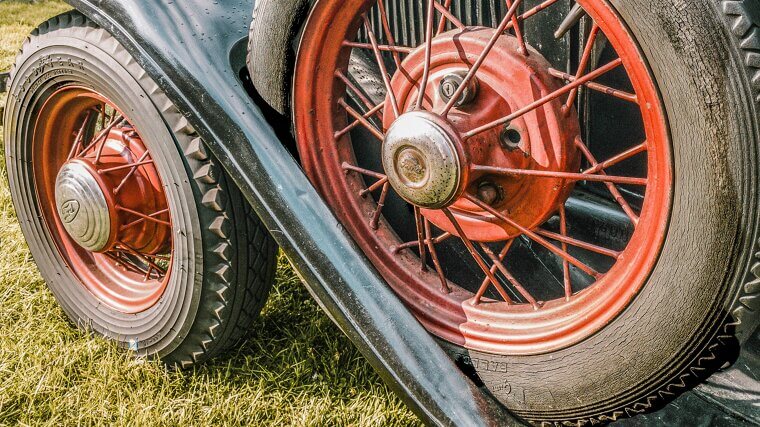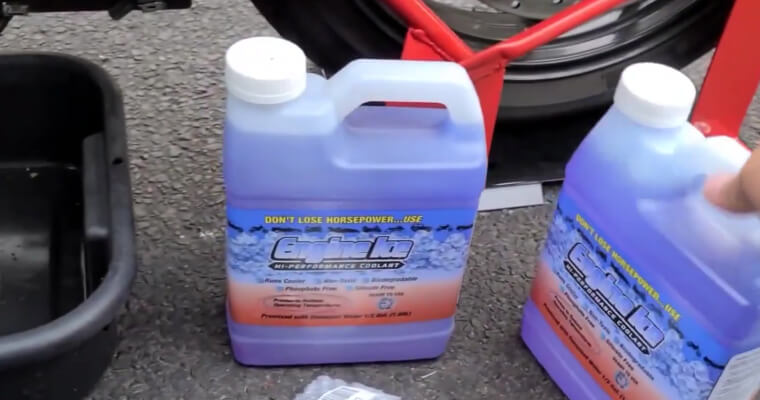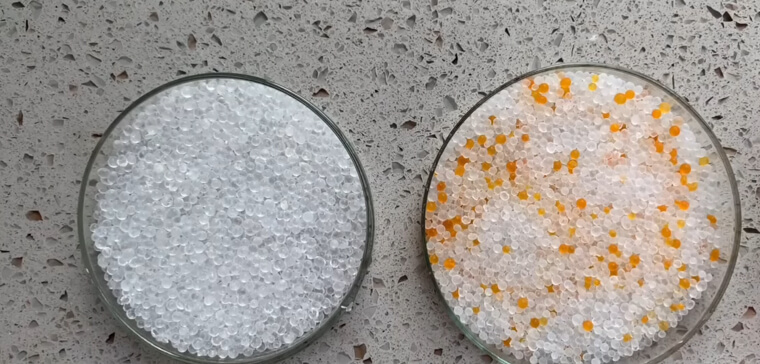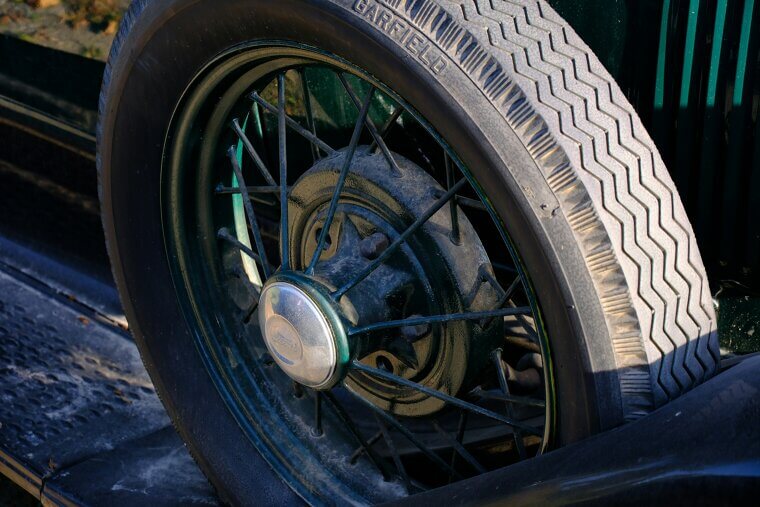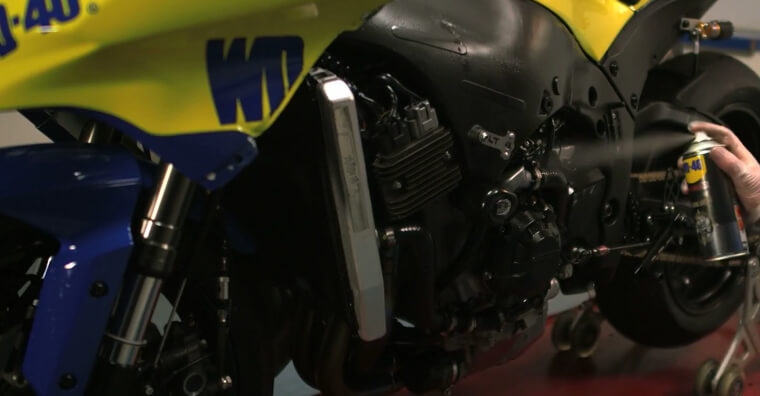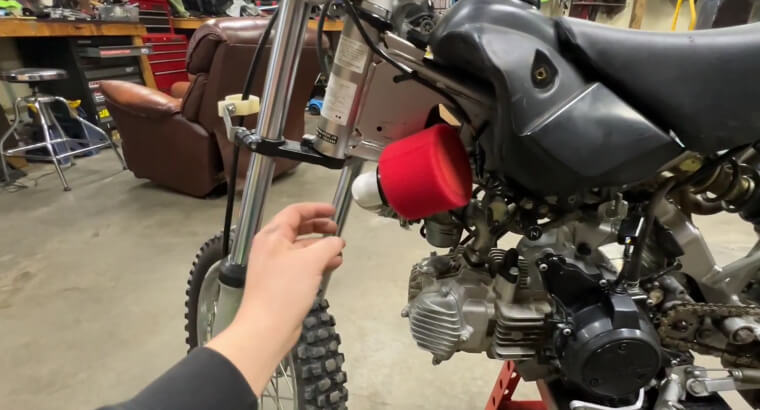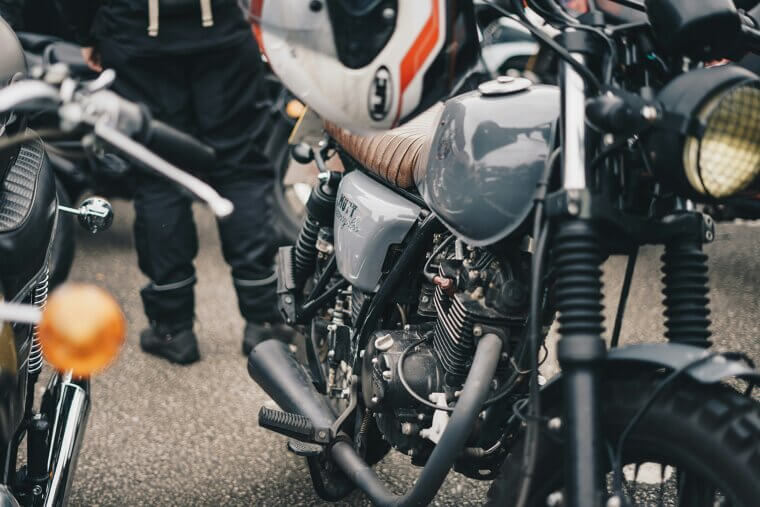Wax All Painted and Chrome Surfaces for Protection
A good coat of wax turns your motorcycle into a shiny, armor-clad knight (minus the medieval smell). It seals the paint, fends off moisture, and keeps chrome sparkling even when winter tries to whisper tarnish into its ear. Glide the wax on like a blessing, buff it out until it smiles back at you, and trust that you’ve built a protective shell that lasts through cold months and damp moods. It’s small work now for a glorious reawakening later.
Keep It in a Clean, Dry Garage
A vintage motorcycle deserves a home as dignified as its history, not a damp broom closet that smells like forgotten paint cans. Keeping it in a clean, dry garage shields it from sneaky rust, wandering moisture, and temperature tantrums. Think of it as putting your bike up in a cozy guest room, not the garden shed where spiders run the HOA. This simple choice keeps the old soul shining and the metal humming with future miles.
Use a Breathable Motorcycle Cover
Skip the plastic tarp that traps moisture like a bad secret; a breathable cover lets air wander freely while keeping dust, curious paws, and accidental elbow bumps at bay. It’s like a light blanket that whispers, “I’ve got you,” instead of a sweaty raincoat that glues itself to the paint. Slip one over your vintage machine and it’ll snooze comfortably, safe from the tiny scratches and sneaky grime that slowly nibble away at a classic’s good looks.
Elevate the Bike on Stands to Avoid Tire Flat-Spotting
Parking your bike on cold concrete for months is a little like wearing wet socks all winter: unpleasant and unnecessary. Lifting the wheels with front and rear stands keeps tires from developing flat spots and reduces stress on the suspension. It’s a simple trick that treats your motorcycle like the fine instrument it is, letting it rest gracefully rather than sag under its own weight. Plus, it just looks professional, like your garage moonlights as a MotoGP pit lane.
Clean the Bike Thoroughly Before Storage
Dust, road grime, and bug splatter may seem harmless, but they’re tiny vandals plotting corrosion. Giving your bike a deep clean before storing it is part spa day, part long-term insurance. Soap, water, a soft mitt, nothing fancy. Finish with a gentle dry and you’ll lift away the winter blues before they can even settle. Your future self will thank you when spring arrives and the bike rolls out gleaming instead of sulking beneath a film of neglect.
Add a Fuel Stabilizer to Prevent Varnish Buildup
Old fuel is a heartbreak waiting to happen; it turns gummy, grows cranky, and clogs bits you’d rather not think about. However, a splash of fuel stabilizer calms all that drama before it starts! Just pour it in, give the bike a little run so it circulates, and let chemistry do the heavy lifting. Come spring, your carburetors won’t hiss curses at you, and your tank will smell like potential, not regret.
Fill the Tank to Reduce Internal Rust
An empty tank seems tidy, but it’s actually a rust playground. Air brings condensation, condensation brings corrosion, and corrosion brings a surprising amount of emotional pain. Filling the tank keeps moisture from creeping in, like shutting the door before a draft gets any bright ideas. Pair it with stabilizer and you’ve built a tiny, elegant moat against winter’s mischief. Your classic deserves nothing less than a full belly and a quiet dream.
Change the Oil Before Long-Term Rest
Old oil is full of microscopic villains - acids, moisture droplets, and mystery particles that prefer not to introduce themselves. Leaving that cocktail sitting all winter is just asking it to redecorate your engine interior. Changing the oil before storage gives the whole machine a fresh, clean bloodstream. It’s a small ritual, like tucking someone in with a warm blanket before a long nap. Your motorcycle wakes up kinder for it, ready to purr instead of grumble.
Lubricate the Chain to Prevent Corrosion
Every chain has a secret life: it longs for attention, hates rust, and will absolutely complain if neglected. Giving it a proper clean and lube before storage keeps corrosion from creeping in like an uninvited winter houseguest. A smooth, glossy chain doesn’t just look good - it moves with less strain and more grace when spring rolls around. Consider it a love letter in aerosol form, one that pays off in quieter rides and fewer headaches.
Remove the Battery and Store It on a Tender
Batteries left in cold bikes tend to sulk, lose charge, and sometimes swell with misguided ambition. Taking it out and connecting it to a smart tender keeps it topped up without cooking it to death. Find a dry shelf, a gentle corner, somewhere it won’t be knocked off by an overenthusiastic broom. When the riding season returns, it’ll spark awake like an old friend who actually answers texts!
Keep Tires at Recommended Pressure or Slightly Above
Tires are stoic creatures, but they still hate being ignored. As the weather cools, pressure drops, and low PSI leads to flat spots or cracked sidewalls. Giving the tires a little extra air before storage (and checking them now and then) keeps them round, resilient, and ready for adventure. Think of it as yoga for rubber; a small stretch now saves you from awkward wobbling later.
Check and Top Up Coolant
Liquid-cooled engines are a bit like tea drinkers: they function best when the pot’s full and nothing’s gone stale. Before tucking your bike away, peek at the coolant level and give it a top-up if it’s looking shy. Fresh coolant keeps internal passages protected from corrosion and wards off the freeze-thaw nonsense winter likes to pull. A quick check now saves you from springtime overheating surprises and keeps your classic humming like it never missed a beat.
Use Desiccant Packs in the Storage Area
Moisture is a subtle saboteur - it sneaks into corners, fogs up chrome, and encourages rust like an overly supportive cheerleader. A few desiccant packs placed around the storage area quietly absorb trouble before it settles. No noise, no fuss, just tiny moisture-eating heroes doing their job. It’s a simple move that makes the whole garage feel a touch more civilized.
Rotate the Wheels Occasionally to Avoid Bearing Strain
Your motorcycle may be resting, but its wheels shouldn’t sit in exactly the same position for months. Giving them a little spin now and then relieves pressure on the bearings and spreads the load. It’s like stretching your legs on a long flight: tiny movement, big relief. The bike won’t protest, and you’ll feel pleasantly responsible.
Start the Bike Periodically if Feasible
An occasional start-up keeps the juices flowing, but doing it too frequently just floods the garage with false hope. Once every few weeks is enough. Let the engine warm fully, let the fluids circulate, and then power it down. It’s a gentle reminder to the machine that it hasn’t been forgotten. Think of it like humming to a sleeping pet; soothing, brief, and never so loud that it breaks the spell.
Protect Rubber Components With Conditioner
Rubber dries out faster than you’d think, especially when winter air gets sharp. A good rubber-safe conditioner keeps hoses, gaskets, and seals supple instead of turning brittle like overcooked pasta. Wipe it on with a soft cloth, let it soak, and admire the quiet glow of preserved flexibility. You’ll be deeply relieved when parts bend instead of crack.
Store the Bike Away From Windows to Avoid UV Fade
UV rays may be invisible, but they’re absolute troublemakers. They fade paint, bleach seats, and age plastics prematurely, like time-lapse photography gone wrong. Keeping the bike away from bright windows or skylights preserves its colors and finishes. Even with a cover, shade is your friend. Think of it as giving your motorcycle a winter holiday indoors, where the only rays are the ones you choose to turn on.
Cover the Intake With a Breathable Filter Sock
The air intake is the bike’s nose, and winter storage is prime time for dust to wander in with bold confidence. A simple breathable sock keeps debris out while still allowing air movement, preventing stale smells or unwanted buildup. It’s the kind of low-glamor move that pays off quietly - the bike breathes easy, and you won’t discover a tiny ecosystem living inside come spring.
Drain Carburetors or Run the Float Bowls Dry
Carbs filled with old fuel turn into varnish factories, and nobody wants that sticky mess greeting them on the first warm morning of riding season. Draining the bowls or running them dry before storage keeps passages clean and jets happy. It’s a small act of kindness that keeps the bike’s personality intact - crisp throttle response beats grudging sputters every time!
Keep the Seat Conditioned and Out of Sunlight
Seats often take the hardest hits in storage: cold air stiffens the material, dryness cracks it, and UV sneaks in from surprising places. A gentle conditioner keeps the surface supple and nourished, like lotion for a hardworking adventurer. Wipe it in, let it settle, and the seat will be far more welcoming when you climb back on next season; no creaks, no flakes, no sad sighs.


